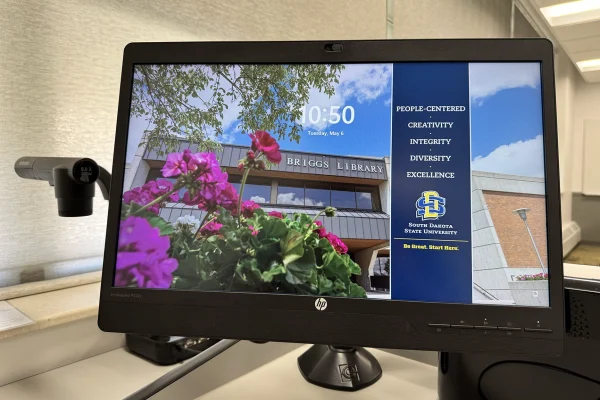State continues to funnel money toward more research resources
April 10, 2007
Associated Press
South Dakota campuses are playing catch-up, higher education officials say, even though almost one in four new dollars and about 60 percent of new positions in the state budget since 2003 have landed in the public university system.
The money – from state and federal funds, student tuition and private sources – and positions have helped the universities recover from cuts in full-time equivalent positions – or FTEs, a measure of the funding to support a 40-hour-a-week position for a year – that started in 1999, a Board of Regents official says.
The added resources also helped kick-start a push to create a research culture that could make South Dakota competitive in the tussle for federal and private grants and contracts to study everything from the structure of molecules to light-activated surgical glue.
Gov. Mike Rounds calls the money for research and doctorate programs an investment in the future.
Rounds’ so-called 2010 Initiative – his long-range plan for the state – includes a strong research component. One goal: Be at least 30th in the nation in National Science Foundation funding by 2010. The regents’ budget presentation in the 2007 session said this: “The state remains 51st in NSF research funding as other states also increase their investment.”
“We have a long way to go (in research),” Benjamin Perryman, dean of research at USD’s Sanford School of Medicine, said. “But, seven years ago, you and I would never have even had this conversation, so there is progress. It is being made.”
A budget-to-budget comparison, which state Finance and Management Commissioner Jason Dilges says is the fairest way to compare growth, shows the regents with almost 750 of the 1,100 new FTEs in South Dakota under Rounds’ watch.
In simplest terms, the new money on the campuses is going for the faculty, equipment and buildings to support an increasing number of students and for the faculty, equipment and infrastructure needed for a growing number of doctorate programs – 13 new ones since 2004 – and the aggressive research effort that is at the heart of Rounds’ 2010 Initiative goal.





















